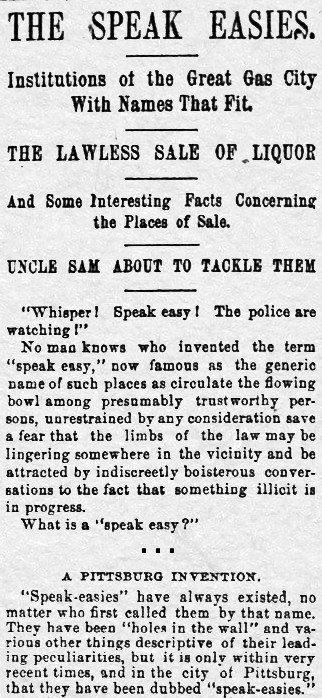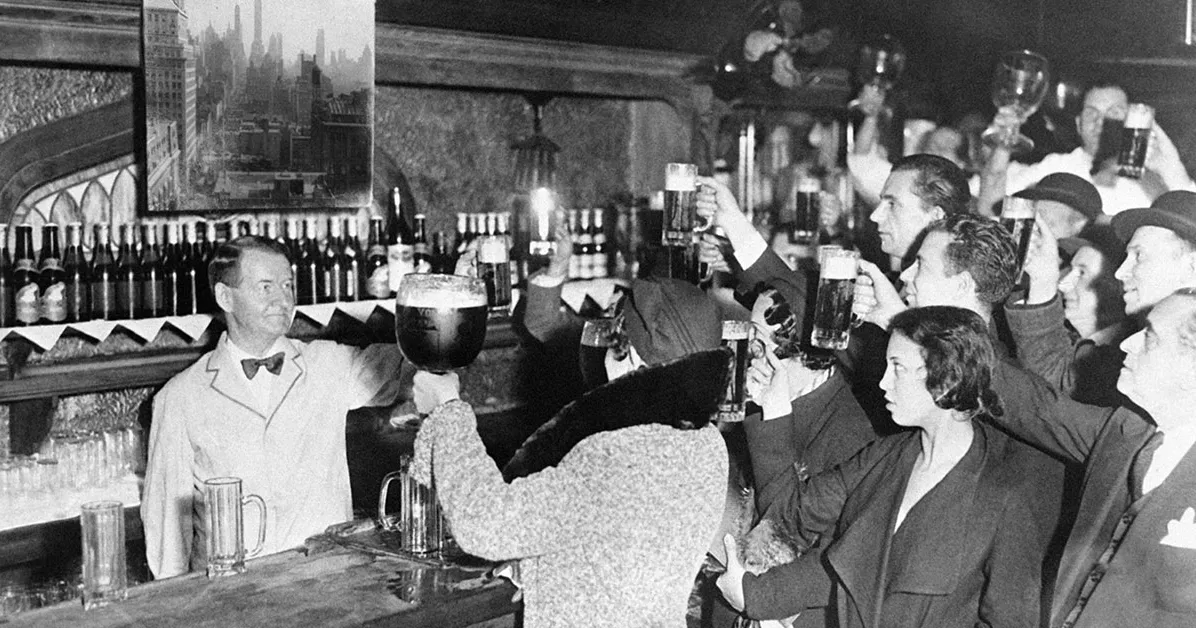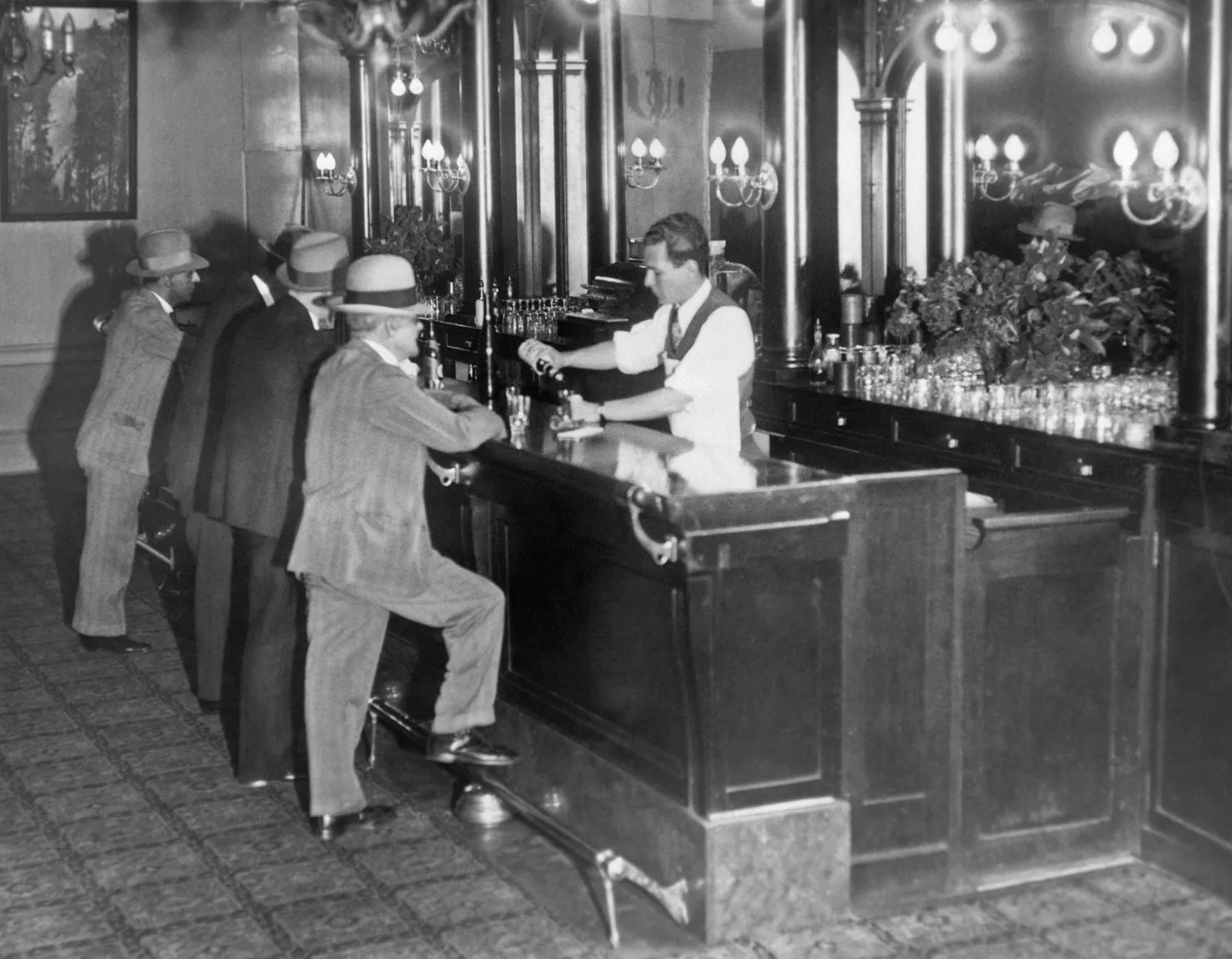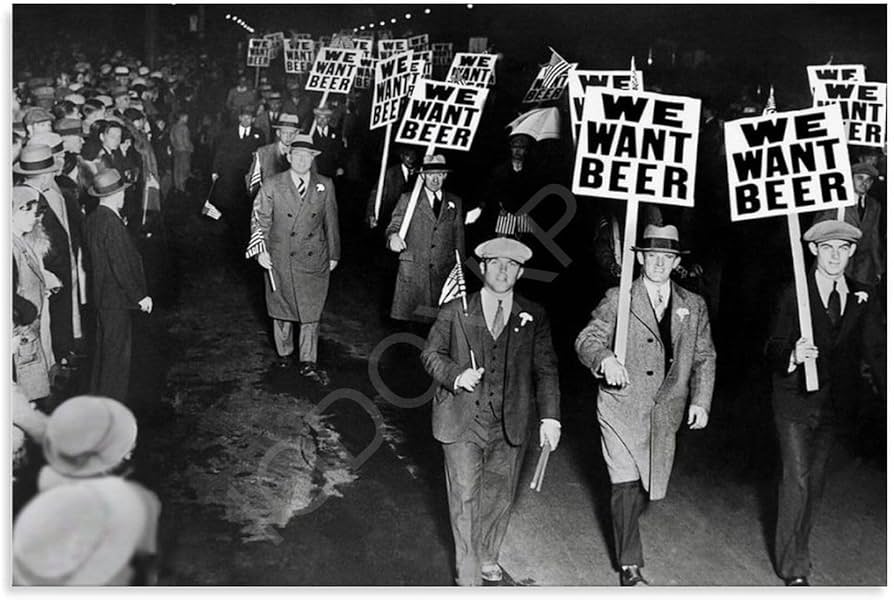The Secret World of Speakeasies
The Roaring Twenties, an era of jazz, flappers, and unprecedented social change, was also defined by one of the most unique periods in American history: Prohibition. From 1920 to 1933, the manufacture, sale, and transportation of alcoholic beverages were legally prohibited in the United States. But rather than curbing drinking, Prohibition drove it underground, giving rise to the iconic and clandestine world of the speakeasy.
The Rise of Prohibition
The movement for prohibition had roots in the 19th century, fueled by temperance organizations that viewed alcohol as the root of societal problems. The 18th Amendment to the Constitution, ratified in 1919, and the Volstead Act, which provided for its enforcement, officially ushered in the Prohibition era. The "Noble Experiment," as it was called, aimed to reduce crime and corruption, solve social problems, and improve health in America.
The Birth of Speakeasies
Almost immediately, illegal drinking establishments known as "speakeasies," "blind pigs," or "gin joints" proliferated. These hidden bars were found in basements, back rooms, disguised as legitimate businesses, or even in private apartments. To enter, one often needed a secret password, a special knock, or a membership card. The term "speakeasy" itself is said to have come from the need to speak quietly about such places in public, or when inside, to avoid alerting the police.
Glimpses of the Era

View Image

View Image

View Image

View Image

View Image

View Image
Life Inside a Speakeasy
Inside, speakeasies were a world unto themselves. Some were lavish and glamorous, featuring live jazz bands, dance floors, and well-dressed patrons. Others were more modest, gritty establishments. They became melting pots where people from different social classes and backgrounds could mingle, something less common in the more formal establishments of the pre-Prohibition era. Cocktails became increasingly popular, partly to mask the often harsh taste of illegally produced liquor. The era also saw a rise in organized crime, as figures like Al Capone built empires on bootlegging and supplying these hidden bars.
The Legacy
By the early 1930s, it became clear that Prohibition was largely unenforceable and had led to widespread disrespect for the law, increased crime, and significant loss of tax revenue. The 21st Amendment repealed Prohibition in 1933. However, the legacy of the speakeasy endures. It romanticized the idea of the hidden bar, influenced cocktail culture, and left an indelible mark on American social history. Today, the "speakeasy" concept has seen a resurgence, with modern bars adopting the secretive, intimate, and craft-focused atmosphere of their Prohibition-era predecessors.
